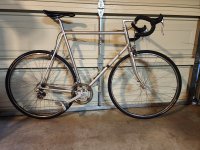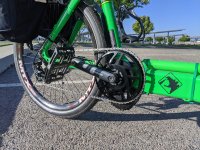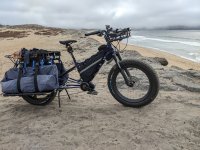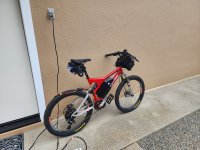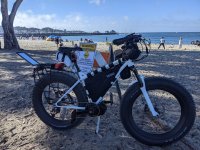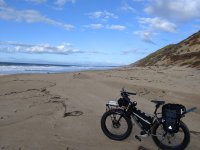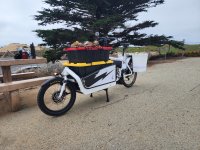ElectroWoodGuy
1 µW
I haven't installed that BBSHD in my Bullitt yet, had our 2nd kiddo put a delay in the tinkering. I've been reading about IGH and wondering if adding that to a BBSHD would be a good idea and doable?
From some early reading, a Nexus 5 has been suggested do it handling more torque than a Nexus 7 or Alfine. I then came across Sturmey Archer 3 and 5 gear hubs. Rohloff would be too $$$ sadly.
What what route be the best and what route would be the easiest to operate? I hope to take and/or pick my kids up in the bike during the summer and maybe early fall. Have an edgerunner I plan to convert for the wife so I we can all bike more.
From some early reading, a Nexus 5 has been suggested do it handling more torque than a Nexus 7 or Alfine. I then came across Sturmey Archer 3 and 5 gear hubs. Rohloff would be too $$$ sadly.
What what route be the best and what route would be the easiest to operate? I hope to take and/or pick my kids up in the bike during the summer and maybe early fall. Have an edgerunner I plan to convert for the wife so I we can all bike more.


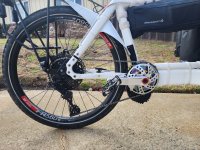
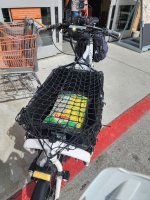

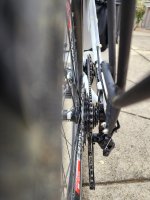
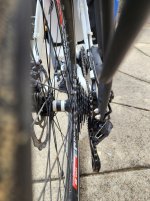
![clusterf[1].png clusterf[1].png](https://endless-sphere.com/sphere/data/attachments/210/210878-20f4d26515669d6665235fdbecb1b1c8.jpg)
![chainring_PlanC[1].jpg chainring_PlanC[1].jpg](https://endless-sphere.com/sphere/data/attachments/210/210879-9ee1bc37e2a14518fd6ba4f55c45cad9.jpg)


